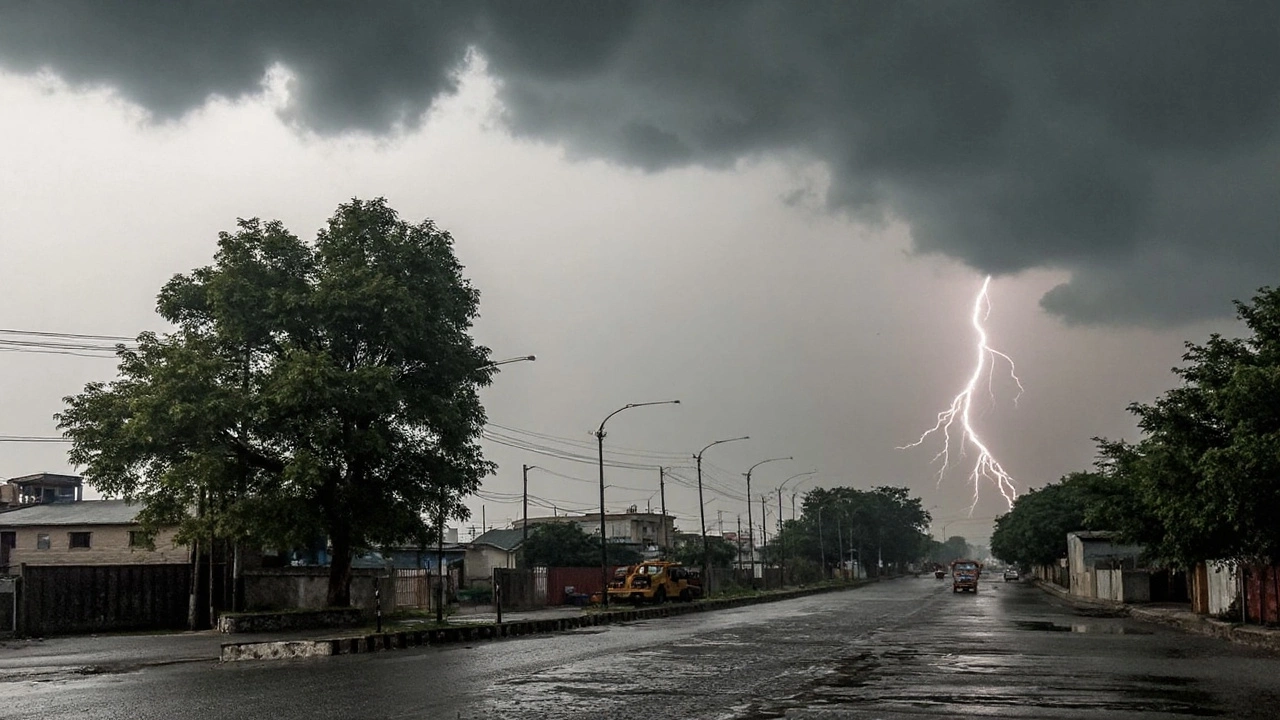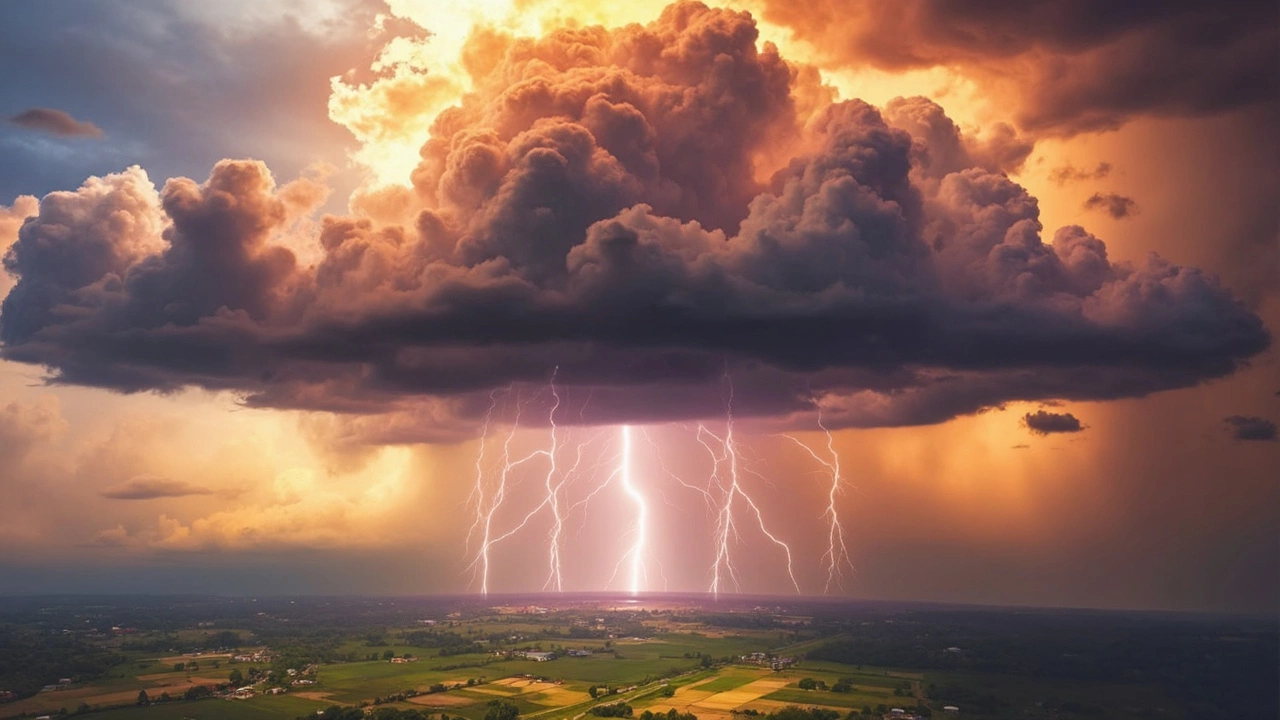IMD Alert: Your Quick Guide to India’s Latest Weather Warnings
Whenever the Indian Meteorological Department (IMD) throws out an alert, it’s a heads‑up that the weather’s about to change. Whether you’re stuck in Delhi traffic or planning a trip to Kolkata, an IMD alert tells you when to grab an umbrella, a raincoat, or even stay indoors.
What Does an IMD Alert Actually Mean?
IMD uses colour‑coded alerts – green, yellow, orange, and red – to flag how severe the weather could get. A green alert means everything’s normal. Yellow signals a mild disturbance, like isolated showers. Orange is a warning that heavy rain, strong winds, or thunderstorms are likely, and you should be ready for disruptions. Red is the extreme end – think flooding, landslides, or storm surges.
These alerts are based on real‑time data from satellites, radar, and surface stations. When a city like Delhi hits an orange alert, it usually means the monsoon trough has shifted north, or a western disturbance is feeding extra moisture. The result? Downpours that can slow traffic, flood low‑lying roads, and mess with daily plans.
Recent IMD Alerts You Should Know About
Here’s a snapshot of the most talked‑about alerts on our site:
- Delhi on orange alert (July 31): Heavy showers were expected to last several days, with temperatures dipping to the high 20s. Air quality improved, but traffic snarls were common.
- Delhi‑NCR rain warning (Sept 1): Light to moderate thundershowers hit the afternoon, dropping temps to around 28°C. Authorities advised caution in both urban and hilly zones.
- Kolkata depression alert: A bay depression brought intense rains, waterlogging, and longer commute times. Drainage teams ran pumps nonstop.
- IPL 2025 opener under orange alert: The KKR vs RCB match at Eden Gardens faced a rain threat, with possible thundersqualls and even hail.
Each of these alerts came with practical advice – carry an umbrella, avoid low‑lying routes, and keep an eye on official updates.
So, how do you turn these alerts into action? First, check the IMD website or a reliable weather app as soon as the alert is issued. Second, plan your commute or travel around the expected heavy‑rain windows – typically midday to early evening. Third, keep a small emergency kit in your car or bag: a raincoat, a flashlight, and a portable charger.
If you live in a flood‑prone area, consider elevating important items and moving valuables away from ground level. For those in Delhi, watch the traffic apps for real‑time road closures and alternate routes. In Kolkata, stay clear of narrow lanes that can turn into mini‑rivers during a depression.
Bottom line: an IMD alert isn’t just a weather report; it’s a call to adjust your day. By treating orange and red alerts seriously, you avoid unnecessary hassles and stay safe. Keep checking back on our tag page for the freshest alerts, detailed forecasts, and tips tailored to each city’s unique weather patterns.
Stay dry, stay informed, and let the IMD alerts guide you through India’s ever‑changing monsoon season.
UP Weather: Orange Alert in 15 Districts, Yellow for Lucknow as Heavy Monsoon Rains Persist
The IMD has placed 15 districts in western and central Uttar Pradesh under an orange alert, while Lucknow remains on a yellow alert as the monsoon stays active. The capital logged 307.8 mm of rain in August—52% above normal—and 542.7 mm so far this monsoon, 5% above the seasonal average. A western disturbance and cyclonic circulations are driving the surge. More moderate to heavy rain is expected into early September.
IMD's Five-Day Heavy Rain Alert for Himachal Pradesh Needs Attention
The India Meteorological Department has issued a five-day alert warning of heavy rain across Himachal Pradesh. Areas like Shimla, Kullu, and Manali may experience disruptions from rainfall and possible snowfall in higher regions. Caution is advised for flash floods and landslides, with travel disruptions likely. Residents and tourists should monitor local advisories.






